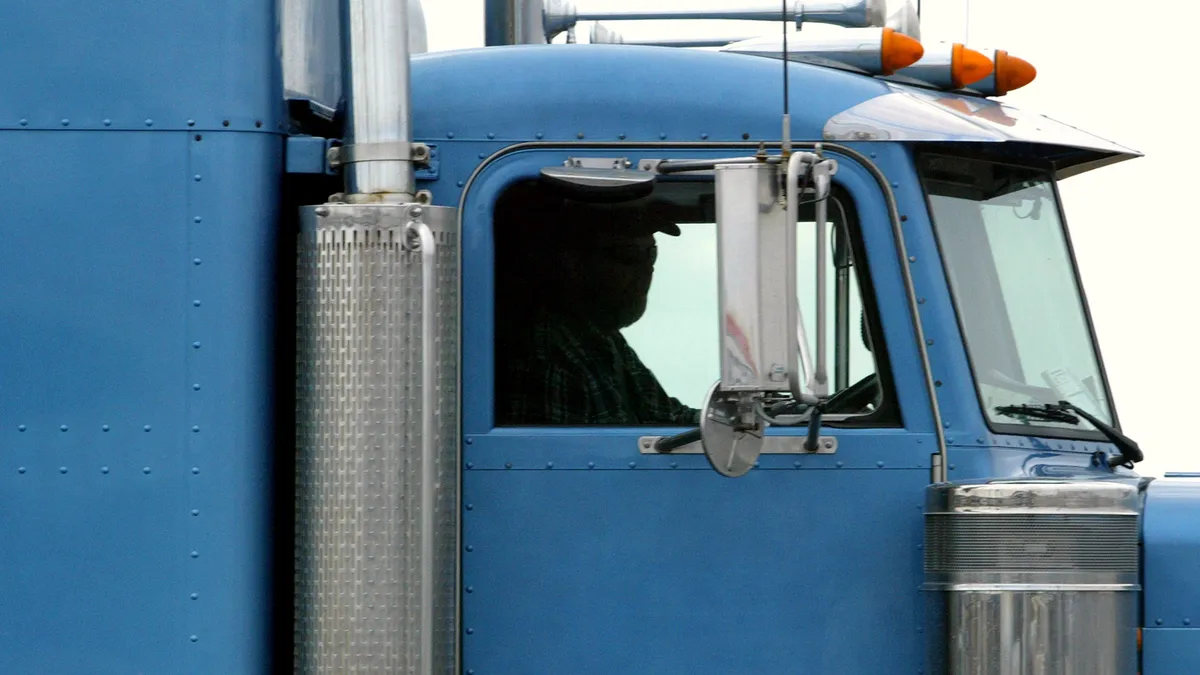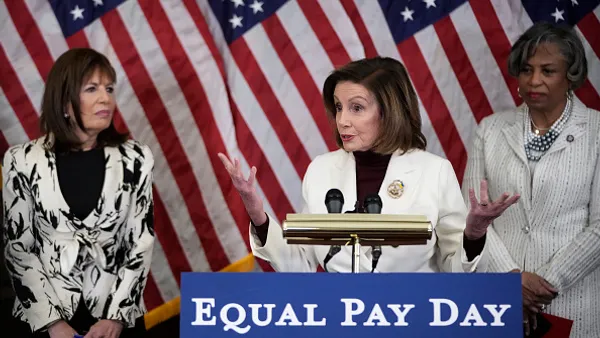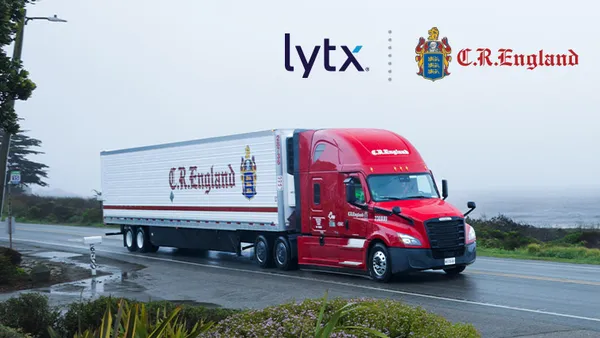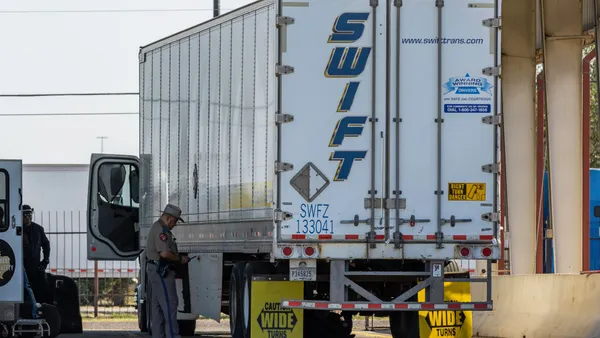Motor carriers are setting records, winning about 10,000 approvals for authority from the FMCSA each month.
As of Sept. 30, about 82,000 motor carriers were granted FMCSA authority since Jan. 1, according to Avery Vise, FTR vice president of trucking. That compares to about 59,500 for all of 2020.
More carriers enter the market
Drivers and businesspersons, whether they have one truck or several, go to the FMCSA for authority to operate as an interstate freight carrier. This is usually how the big carriers start — as smaller firms.
But dreams of being the next Knight-Swift or XPO Logistics are not driving the requests for approvals. Rather, it's good, old-fashioned money, available to drivers through higher per-mile rates.
The trend for new FMCSA authorities accelerated thanks to owner-operators, who were leased-on to larger for-hire fleets, becoming independent contractors, according to Dean Croke, DAT principal analyst.
Assisting in the trend has been the growing digitalization of freight offers, Croke said. Drivers have learned how to look for TL rates online and through applications, giving them visibility into any regional market in the United States or Canada.
The average pay for a fleet independent is about $1.50 per mile. To break even without a fleet's assistance, a driver needs about $2 per mile, Croke said. Average TL spot rates have been above $2 per mile for more than a year.
As a true independent, owner-operators can pick which corners of the continent they go to. And the spot prices and visibility have made it less risky for owner-operators to roll the dice and go out on their own, said Croke, with the largest motivation likely spot prices.
"It's the simple mathematics of it," said Croke.
Spot linehaul rates
There are no signs the record FMCSA requests for authority are expanding capacity on the TL side, something the industry desperately wants to see. But the high spot rates are pulling in drivers and small carriers, or keeping them on the road, getting freight to where it needs to be right now, particularly out of the West Coast ports, which are clogged and need TL shipments to the rest of America, said Brent Hutto, chief relationship officer for Truckstop.com.
"[Drivers] are making more money than any time in the last 40 years," said Hutto.
Vise said the high rates are more likely contributing to the capacity crunch. It's all generally shifting capacity, away from company fleets to independent drivers. It's more disruption to the market when big fleets did not necessarily want that, said Vise.
The new approvals also increase competition between bigger TL firms and small or one-truck carriers. Vise said 52% of approvals are for one-truck carriers, and 29% are for two-truck carriers. The entire for-hire trucking market, excluding parcel, has seen a 3% market share toward carriers of under 100 trucks since March 2020, he added.
"It's not a huge shift, but it is over an 18-month period," said Vise. "Fundamentally, it's happening because of the dynamics the pandemic set into play."
The only number that indicates authorities may be slowing is September's approval numbers, which came in at 9,950. But Vise doubts that means the addition of new carriers has peaked.
"[It's] not enough to say things are beginning to cool," said Vise. "The bottom line right now is we are not seeing any fundamental change."












